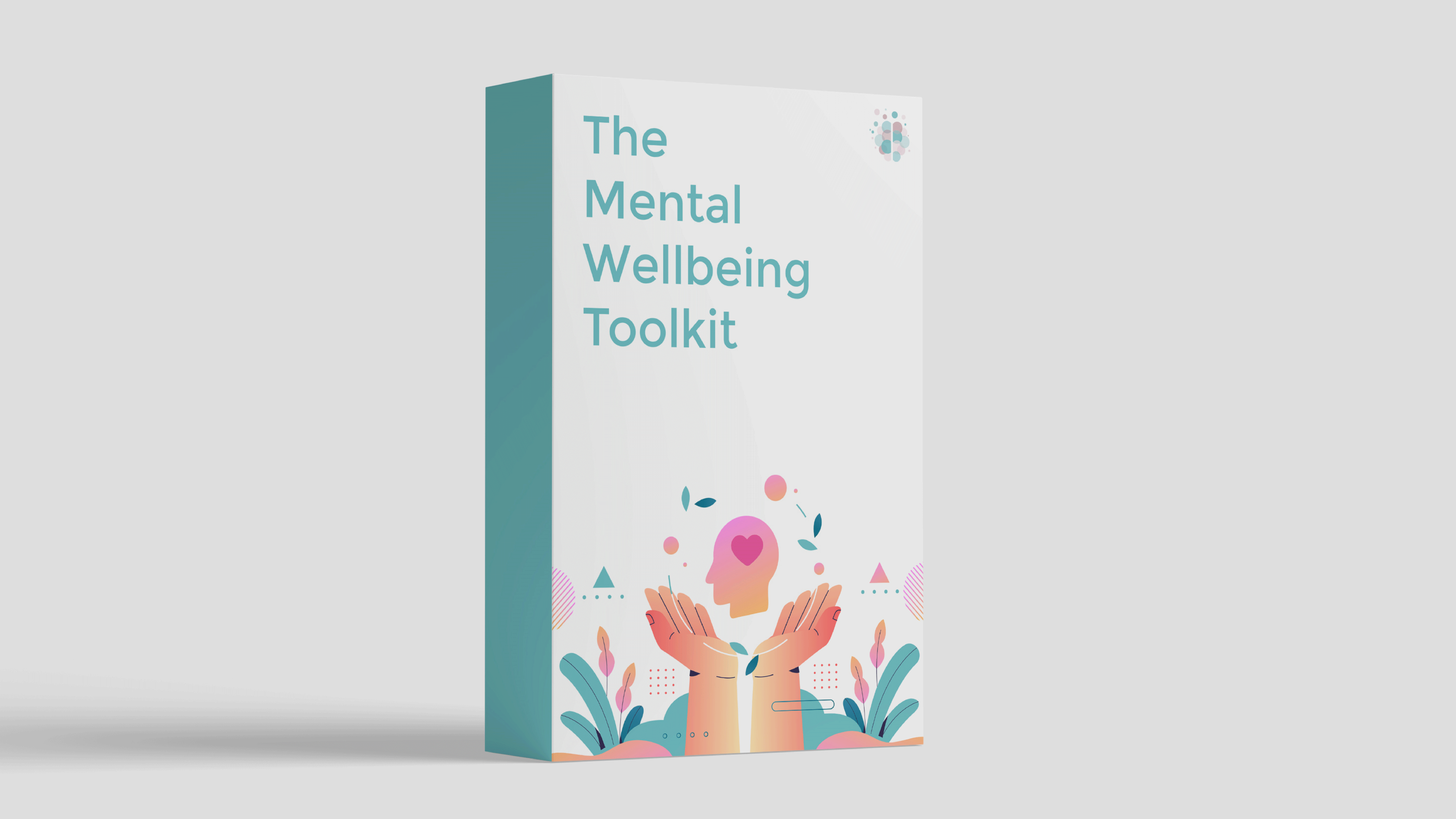In the age of digital connectivity, more services are transitioning online, and therapy is one important example. But does this virtual approach work as effectively as traditional face-to-face sessions?
To get to the bottom of this question, read on to find out how telehealth operates.
Understanding the Concept of Therapy
Therapy, at its core, is a tool that aids in promoting mental health and overall wellbeing. It involves talking about feelings, thoughts, and behaviours with a licensed professional to help you understand yourself better.
One of the ultimate goals of therapy often revolves around change, whether it's improving relationships, handling emotions more effectively, or simply growing as an individual.
On the surface, regardless of the way it’s delivered (be it face-to-face or online), the main essence remains unchanged. But what role does tech play exactly?
The Evolution of Online Interactions
As technology continuously advances, our ways of interacting have also evolved. While in-person interactions were once the norm, nowadays virtual meetings via video calls are becoming more commonplace across various domains, including healthcare.
This openness to digital transformation has provided us with new platforms that enable communication, allowing people from different parts of the world to connect at their convenience.
In the realm of mental health services, this growth in telecommunication technologies is increasingly being harnessed to bridge geographical gaps and deliver therapy remotely.
Determining Factors for Effective Therapy Sessions
It's important to note that the effectiveness of therapy depends on a number of factors, most of which are not compromised by video calls. These influences can vary greatly and are tailored to individual experiences, settings, and preferences.
- Your willingness to pursue change ultimately determines how profitable your therapeutic journey will be.
- Forming trust with your therapist is vital. This bond is the basis for successful therapy sessions, and is key to choosing a therapist.
- Having a safe space, whether physical or digital, promotes openness. Both office visits and private video calls provide such environments.
- Ensuring clear dialogue between you and your therapist is integral. This is possible in both traditional and virtual therapies.
As you can see, it isn't the medium that defines if therapy works, but rather these influential aspects combined which decide its efficacy.
What is Telehealth?
In short, telehealth refers to the use of digital information and communication technologies, such as computers and mobile devices, to access health care services remotely. This often includes live video call sessions with healthcare providers.
An increasing number of therapists are joining this trend too. They use online platforms such as DrChrono, SimplePractice, or TherapyNotes manage their video calls with patients effectively. These platforms allow them not just to provide mental health support from a distance but also manage appointments, patient records and billing efficiently, ensuring that the focus remains on delivering quality therapy.
Pros and Cons of Teletherapy
Like any therapeutic approach, teletherapy has its own set of strengths and weaknesses. These include:
Pros
- Accessibility. It breaks down geographical barriers and can be particularly helpful for people living in rural areas.
- Convenience. You can attend your session from the comfort of your home, reducing travel time.
- Flexibility. It offers more flexibility with timing as you don't need to factor commute into your schedule.
Cons
- Technical difficulties. Internet connectivity issues or hardware problems may cause disruptions.
- Reduced personal connection. Some individuals find it harder to connect on a personal level during virtual meetings.
Despite these pros and cons, the effectiveness still greatly depends on individual perception and experience when adapting this mode of therapy.
How to Make Teletherapy More Effective
To ensure your teletherapy sessions are effective, consider the following:
- Choose a quiet spot. Make sure you have privacy and eliminate potential distractions.
- Check technical requirements. Ensure a good internet connection and working microphone for seamless communication.
- Be emotionally present. It's easy to disengage during virtual calls. Keep your camera on to establish visual contact.
- Use headphones. This can improve sound quality and provide additional privacy.
- Express openly and honestly. Bear in mind that it is still real therapy. Communicate with honesty, even if it feels strange at first.
By incorporating these tips into your routine, online therapy sessions can become an enriching experience offering both convenience and meaningful support.
Summary
Teletherapy does present a viable option for many people seeking mental health services. Despite its challenges, it offers promising benefits like flexibility and accessibility that traditional in-office therapies might lack.
Ultimately, it's the individual’s preferences, comfort level, and commitment to change which determine the effectiveness of any therapeutic approach.
Self-Guided Support for Anxiety and Low Mood
Research shows that self-help materials are often enough for people to overcome mild to moderate mental health difficulties without professional support.
If you’re interested in a self-guided program that includes tools from CBT, DBT, ACT and more, be sure to check out The Mental Wellbeing Toolkit. It's "like 10 therapy sessions in one."

About Rebecca
Rebecca is the founder of The Wellness Society and has a background in mental health charity management.She's the author of two books which were previously on Amazon: The Framework and Understanding and Healing Trauma.
She's passionate about creating innovative, concise and compassionate mental wellbeing tools that address the root causes of distress.
